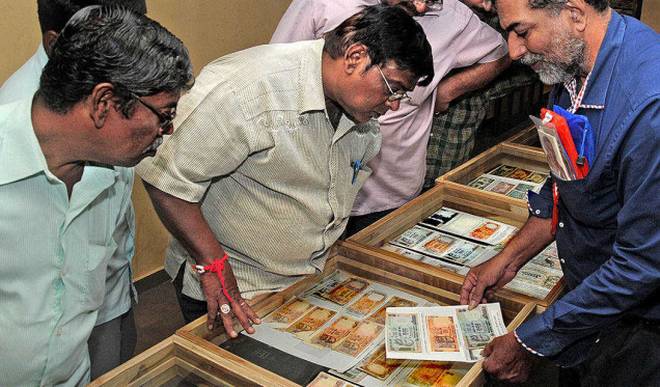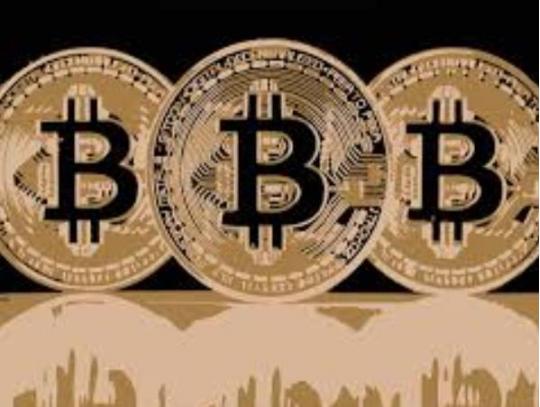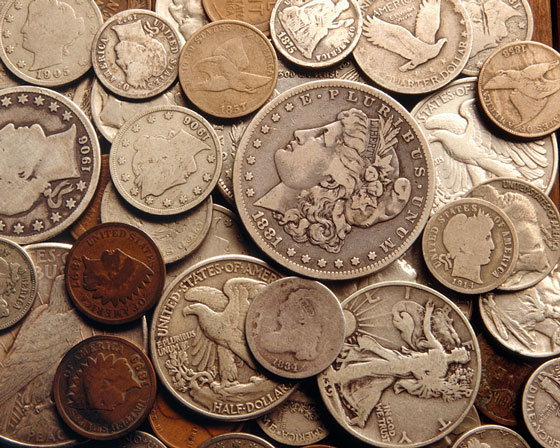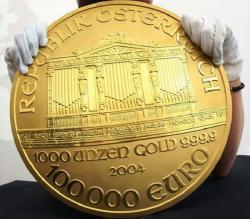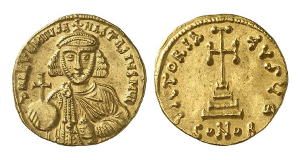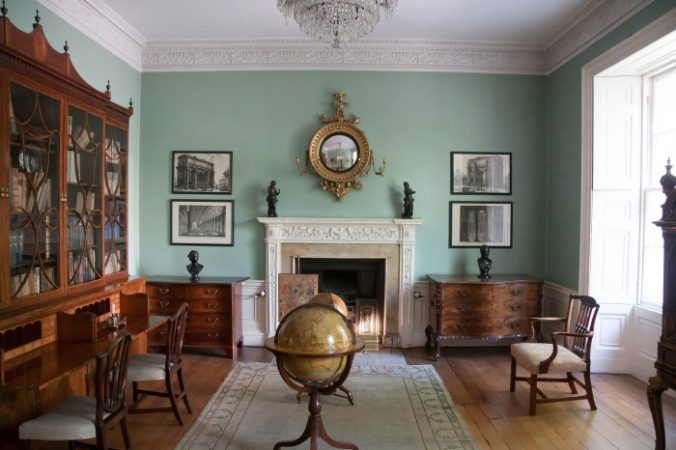official position
MONETA JOHN
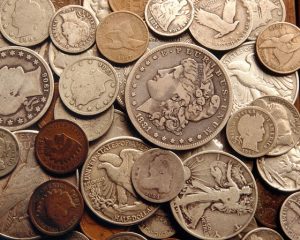 The Russian Empress Elizabeth did not think that a number of her decrees, by which she had eradicated a relatively common coin, would make this coin a numismatic rarity.
The Russian Empress Elizabeth did not think that a number of her decrees, by which she had eradicated a relatively common coin, would make this coin a numismatic rarity.
However, in order.
After the death of Anna Ioanovna in 1740, a three-month baby was raised to the Russian throne under the name of John III.
Since Ivan Antonovich couldn’t show any particular political activity at this age, Biron was appointed regent of the empire, and then, as a result of a palace plot, the mother of John Antonovich Anna Leopoldovna. Continue reading
